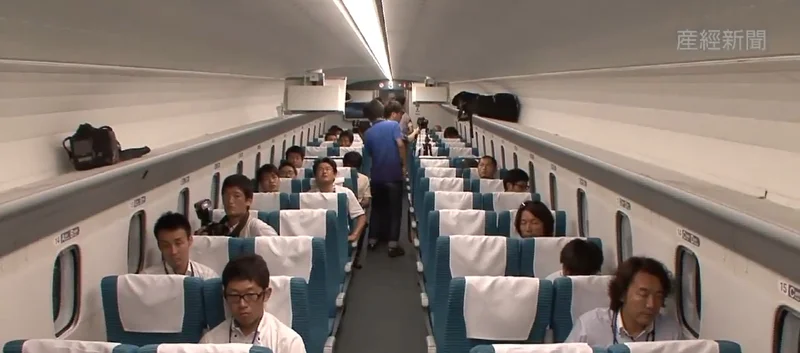Okay, folks, buckle up. Because the future of transportation isn't just coming; it's accelerating – quite literally. We're talking about maglev trains, hyperloops, and the audacious dream of zipping across continents faster than you can binge-watch a season of your favorite show. And honestly, when I first saw the data on some of these new test runs, I just had to take a moment to myself. This is the kind of thing that got me into engineering in the first place.
Let's get right to it: the global maglev train market is projected to nearly double in the next decade, going from $2.7 billion in 2025 to a whopping $5.6 billion by 2035. That's not just numbers on a spreadsheet; that's a signal – a roaring, undeniable signal that the world is ready to embrace a new era of speed. We aren't talking about incremental improvements, a slightly faster train; we are talking a paradigm shift. According to Global Maglev Train Market to Expand from $2.7 Billion in 2025 to $5.6 Billion by 2035 - NEWS CHANNEL NEBRASKA- Northeast, the market will see dramatic growth.
But what is a maglev train, you ask? Good question! Imagine a train that floats above the tracks, frictionlessly gliding along thanks to the power of magnets. Electromagnetic suspension uses electromagnets to pull the train upward. Electrodynamic suspension uses repelling magnets to push the train away from the track. No wheels, no grinding, just pure, unadulterated speed. We're talking speeds exceeding 600 kilometers per hour, already demonstrated in test runs. Think about that for a second. That's faster than most commercial airplanes on takeoff.
China’s already leading the charge, using operational maglev systems to transport passengers at 430 kilometers per hour. But the innovation doesn't stop there. Take the hyperloop, for instance. India just completed a 422-meter hyperloop test track, with plans for a 50 km facility aiming for speeds up to 1,100 km/h! That's mind-boggling. And China isn't sitting still either; they accelerated a maglev train to 650 km/h in just 7 seconds on a 1,000-meter test track. Seven seconds! I mean, the sheer engineering that goes into that kind of acceleration... it's just... wow.
Then you have the LIMITLESS project in Switzerland, which completed a 141.6 km hyperloop journey in a low-pressure environment. And Japan? They're aiming to connect Tokyo and Nagoya by 2030 with their SCMaglev technology. It's a global race, a collective sprint toward a future where distance becomes a mere inconvenience.

But here’s the "Big Idea" that I think a lot of people are missing: this isn't just about getting from point A to point B faster. It's about redefining distance itself. Think about the implications. Imagine living in one city and working in another, a commute that currently takes hours becoming a breezy 30-minute ride. Imagine the economic opportunities that open up, the cultural exchange that flourishes, the families that can stay connected despite geographical boundaries.
This isn't just transportation; it's societal transformation.
It reminds me of the early days of air travel. Before airplanes, crossing the Atlantic was a weeks-long voyage. Now? It's a routine, a matter of hours. Maglev and hyperloop technologies promise a similar revolution, shrinking the world and bringing us closer together – and maybe making that transatlantic trip a lot faster.
But let's not get carried away without a moment of reflection. With great power comes great responsibility, as they say. As we hurtle toward this high-speed future, we need to ensure that these technologies are developed responsibly, sustainably, and equitably. How do we minimize the environmental impact? How do we ensure that these benefits are accessible to all, not just the privileged few? These are questions we need to be asking now, before the future arrives at our doorstep.
I saw a comment on a Reddit thread the other day that really resonated with me: "Imagine a world where you can live in the countryside and still work in the city without the soul-crushing commute." That's the promise of maglev and hyperloop – a world where you don't have to sacrifice lifestyle for opportunity.
So, what does this all mean? It means that the future is closer than we think. It means that the boundaries of what's possible are constantly being pushed. It means that we're on the cusp of a transportation revolution that will reshape our world in profound ways. Get ready.